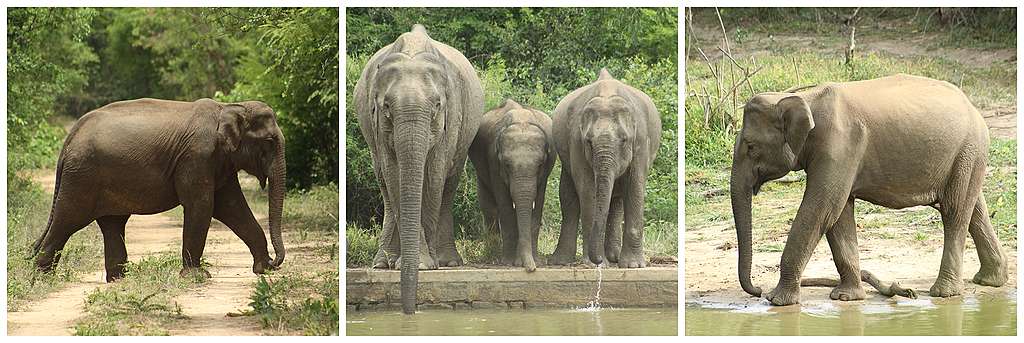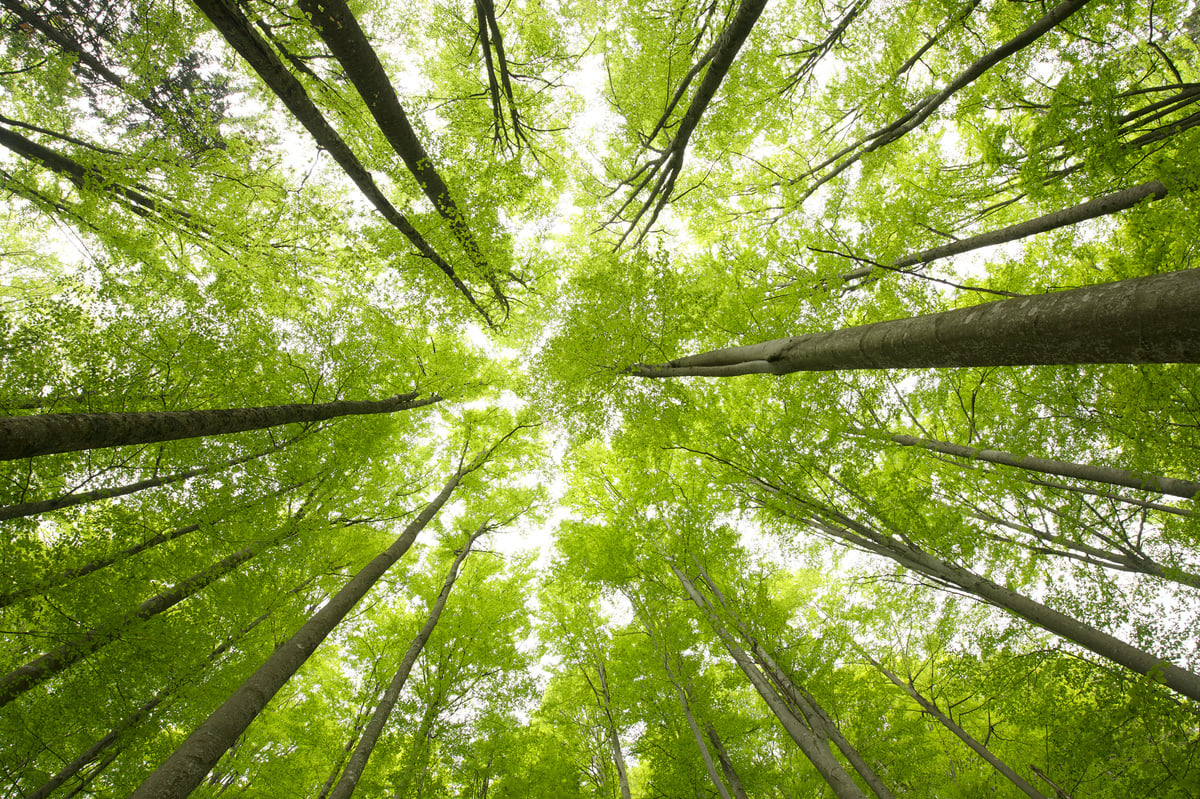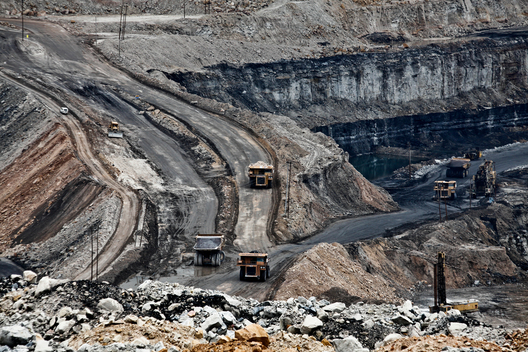Elephant conservation in India is a important and emotive issue. But when we look closer, the shrinking elephant habitat, human-elephant conflict and unscientific interventions are certainly concerning. On World Elephant Day, our guest writer and conservationist Avinash Krishnan writes this insightful piece. Read on.
Asian elephants are large bodied social organisms that inhabit tropical forests of 13 south-east Asian countries; currently surviving in much of its contracted home range due to several anthropogenic factors exposed to it. India alone has 27,000 elephants, making it a chief player in the conservation of these pachyderms. Elephant conservation in today’s time is about understanding the management and socio-economic needs of communities and elephants that cohabit in vast, yet fragile ecosystems.
The Brahamigiri-Niligiri East Ghat landscape in South India for example, is one of the key elephant ranges among the 5 meta populations spread across south, north-west, north-east, central and central-east regions of India. South India offers the country’s best habitat for this endangered animal by providing it with the largest link of protected area forests starting from the Brahmagiri mountains in Coorg District of Karnataka to Bannerghatta hills, just outside Bengaluru city. This area alone boasts of a whopping 12,000 elephants making it the single largest population of elephants for any Asian country and the last bastion for this species in India.

In recent times elephants have exhibited notable range expansions into habitats that have not reported elephant presence since archival history of the species. Such range expansions have happened in states like Goa, Maharashtra, Madhya Pradesh, Andhra Pradesh and Himachal regions of India. This is a concerning development for the stakeholders as it makes management and coexistence with people more daunting. Such forays frequently lead to negative encounters with people leading to the 21st century’s primary threat to elephants viz., human-elephant conflict.
India annually reports nearly hundreds of human and elephant deaths and loss of several thousand hectares of crops due to such conflict. This is a matter of grave concern for the survival of the elephant in the long-term. The elephant is a popular figure in culture, religion, folklore, art etc and many communities celebrate the significance of this animal across various population demographics, this perhaps is the sole reason by which the animal continues to be resilient despite the exacerbating biotic pressures exerted by people on elephants and their habitats; a spectacle of survival in country of 1.3 billion people and 27,000 elephants.
Elephants are highly adaptive animals and can tolerate varied degrees of change in their living conditions, being generalists they feed on a wide variety of graze and browse species and in rare cases can subsist on cropland produce. However, owing to their biological needs such as food, water and shelter they require optimal habitats that can support these large and important requirements for them to have a stable population; both genetically and demographically. In quick changing scenarios of the country’s land-use and land cover, elephants are exposed to greater proximity to human-use areas and range extensively in them leading to retaliatory persecutions and strained relationships which influences the tolerance and attitudes of the communities that once celebrated the animal.
To conserve elephants, people are important, especially the ones that live alongside them. Efforts to conserve elephants should look at approaches that re-harmonize this equation. While we celebrate the animal on World Elephant Day – we must remember India’s natural heritage animal; the elephant for its various contributions to the human race for over 2000 years. It’s time we morally give back to conserving this animal and for the duties it dispenses as an ecosystem engineer ensuring that our forests, wildlife and people are provided for many more years to come!
(The author, Avinash Krishnan, has been involved in elephant conservation efforts for 16 years and is currently National Director at A Rocha India)



